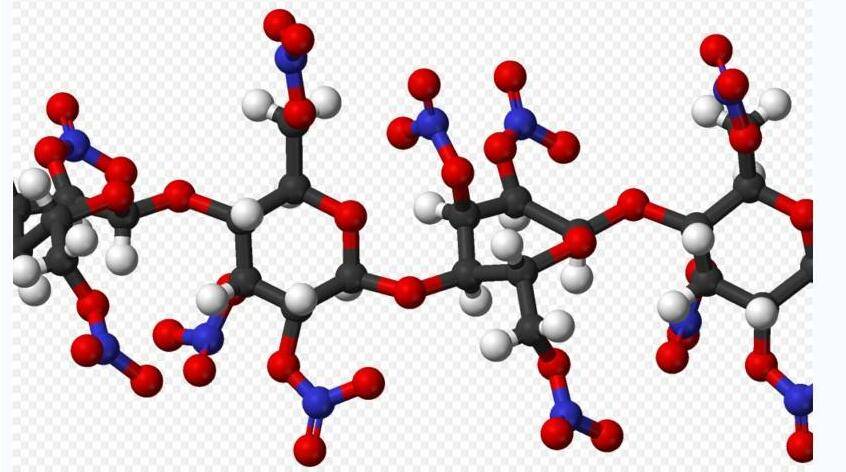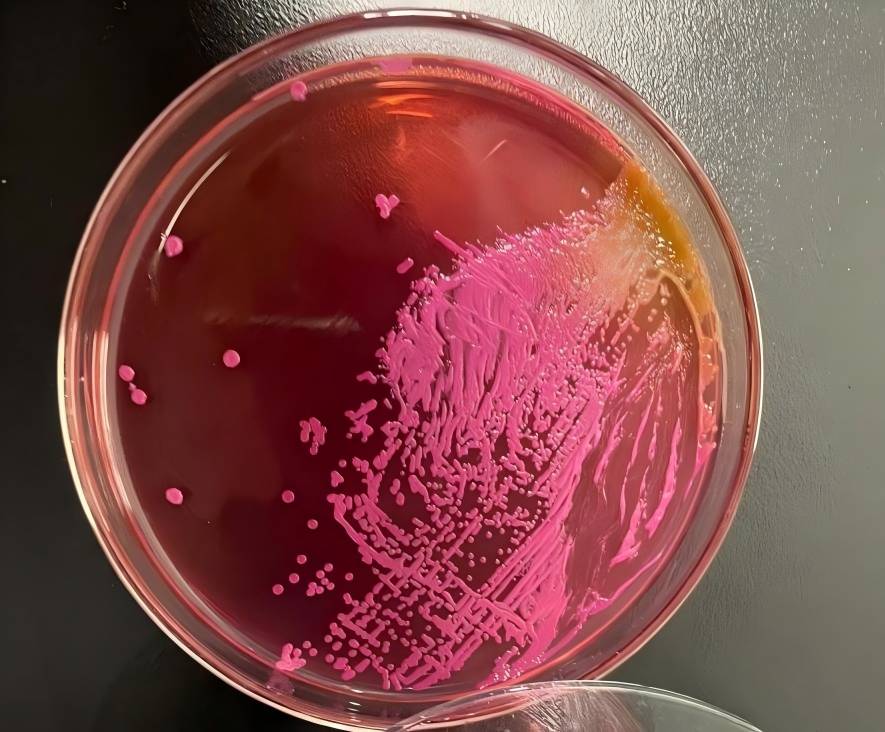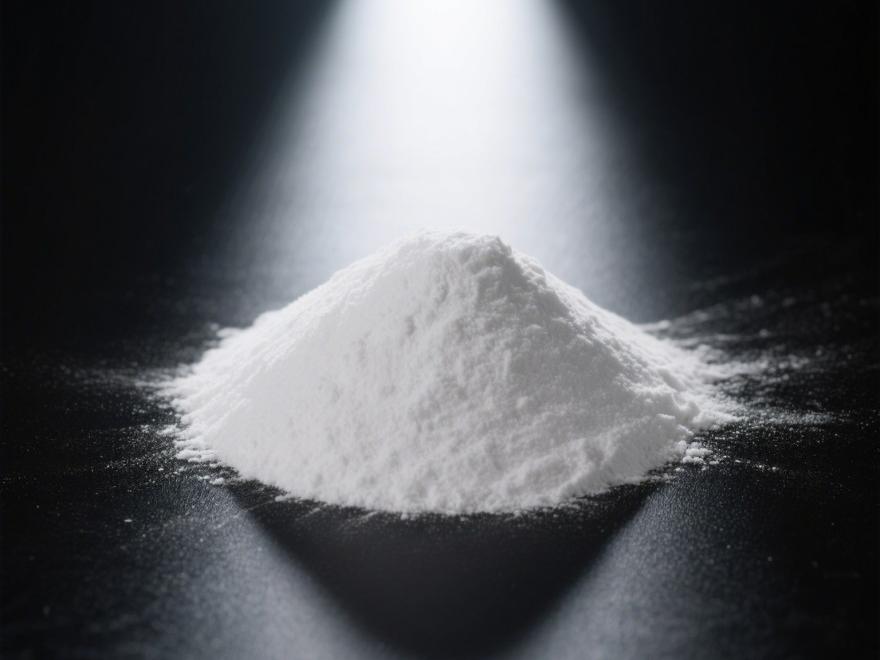Fermented D Mannose Raw Materials Contribute to Healthy Products
Dmannose is a natural hexose monosaccharide widely found in various fru의such as citrus, peaches, 그리고apples다. It is also a structural component 의plant polysaccharides such as pectin and galactomannan. As a low-calorie sweetener, D-mannose is increasingly favoured in the food and health supplement industries due to its refreshing sweetness and natural origin.
Currently, the production of D mannose primarily employs processes such as plant extraction, chemical synthesis, and bioconversion (enzymatic methods). Among these, bioconversion stands out as a more promising green production process due to its advantages of mild reaction conditions, high selectivity, minimal by-products, and environmental friendliness.
This method uses stable sources of fructose or glucose as raw materials, enabling efficient conversion under mild conditions. It is particularly suitable for large-scale production and the preparation of high-purity products, better meeting the global market's growing demands for natural ingredients in terms of quality, safety, and compliance. Green Spring Technology employs advanced biocatalytic enzyme technology to produce high-purity D mannose, with product purity exceeding 99%, and excellent stability and solubility.
We are committed to providing high-quality, compliant, and reliable natural ingredient solutions for customers in the functional food, beverage, and dietary supplement industries, helping them create next-generation health products.
If you are looking for a stable supply of D mannose powder ingredient that are cost-effective and sustainable, please contact Green Spring Technology for product information and technical cooperation solutions.
1 Production Process of D mannose
As a high-value functional ingredient, the production process of D mannose is continuously being optimised and upgraded. Currently, the mainstream production methods include plant extraction, chemical synthesis, and bioconversion. In the past, commercialised D mannose primarily relied on plant extraction or chemical synthesis pathways. However, due to limitations such as raw material supply, high energy consumption, multiple by-products, and complex purification processes, the industry is gradually shifting towards more efficient and environmentally friendly bioconversion technologies.
1.1 식물 추출법
The plant extraction method typically uses natural raw materials such as palm kernel and coffee grounds to ex관D mannose through hydrolysis, filtration, and purification steps. The advantages of this process include natural raw materials and controllable costs, making it suitable for industrial production at a certain scale. However, the reaction typically requires high temperatures and strong acid-base conditions, resulting in high energy consumption and environmental pressures. Additionally, the availability of plant-based raw materials is susceptible to regional and seasonal fluctuations, posing significant challenges to supply chain stability.
1.2 화학 합성법
The chemical synthesis method typically uses glucose as the raw material, generating D-mannose through catalytic isomerisation reactions under high-temperature and specific pH conditions. While this method offers stable raw materials, it requires stringent reaction conditions, produces significant by-products, and involves high separation and purification costs, presenting ongoing challenges for industrial application.

1.3 Enzymatic Method
The enzymatic method uses D-fructose or D-glucose as raw materials and converts them into D-mannose through enzymatic reactions. The enzymatic method (bioconversion method), with its green and efficient characteristics, is emerging as a more promising industrialisation pathway. This method uses fructose or glucose as substrates and, under mild temperature and pH conditions, catalyzes the conversion of D-mannose through specific enzymes (such as D-mannose isomerase). The enzymatic reaction has mild reaction conditions, low energy consumption, environmental friendliness, minimal by-products, and is easier for subsequent separation and purification, making it suitable for large-scale continuous production.
Green Spring Technology employs advanced enzyme engineering technology to optimise the bioconversion process, significantly improving conversion efficiency and product purity. We are committed to providing customers with high-purity, high-quality D-mannose raw materials, ensuring batch consistency and supply stability. With our green production process and continuous technological innovation, Green Spring Technology can help customers develop more competitive products in functional foods, health supplements, and other fields, jointly promoting the sustainable development of health ingredients.

2 전망
As a highly sought-after natural raw material, D mannose has seen expanding applications in the food and health supplement industries in recent years. With ongoing research and advancements in production technology, enzymatic methods, due to their green, efficient, and sustainable characteristics, have emerged as the preferred route for D mannose production, enabling this natural raw material to unlock its full potential in innovative products.
In the future, with the increasing market demand for functional health ingredients, D mannose is expected to demonstrate broader application prospects in multiple fields such as dietary supplements and functional foods.
Green Spring Technology, as a reliable supplier of D mannose raw materials, produces high-purity D mannose powder using natural fermentation technology. Our products comply with FDA, multiple pharmacopoeia standards, and ISO quality management system requirements, strictly ensuring that impurity and solvent residue levels meet international food safety regulations.
We are committed to providing customers with stable, compliant, and high-quality raw material solutions to support efficient product development and production, accelerating product launch timelines.
For samples, technical documents, or customised services, please contact us at helen@greenspringbio.com or WhatsApp: +86 13649243917. We will provide you with professional and comprehensive supply chain support.

참조:
[1] 풍 D,시 B, 비 F 등.다낭성 난소 증후군의 표지자로서 혈청 만코 수치 상승.내분비학 Frontiers in Endocrino-logy,2019,10:711.
[2] 텡 B W. 준비 mannose의 and its 기능적 건강 기능 [J.경공업과학과 테크노놀- 2014년 ogy (7):67 − 68.
[3[LIU D R. Study on the prognostic value of mannose receptor and mirNA-1260B ingastroin-고환 종양] (D.란저우:란저우대학교, 2017.
[4]MEI X. 류마-토이드 관절염에 있어서 시노메닌이 사람-코 수용체 발현과 관련 항체에 미치는 영향에 관한 실험적 연구 (Experimental study on the effect of sinomenine on man-nose receptor expression and related antibodies in rats with rheuma-toid arthritis[D].청두:청두 (成都) 전통대학 기-네세의학, 2014.
[5] 황 C R,리 T P, 왕 J 외.표현 및 혈청 가용성 만코 수용체의 임상적 의의 in pa- 간세포암에 걸린 천체 [J].안후이 의학 저널 (Anhui 의료Journal) 대학, 2021년 56 (7):1127 − 1131다.
[6[LU G S, 노래 B, JIN X Y. 비뇨기의 방어기제에 대한 연구 진행 tract 감염 [J]다. 저널 of 세 번 째 군사 Medical 대학, 2000년 22 (11):1116 −었다.
[7]YI J Y, WANG Y, LIU X P, 그 외.mannose의 효과 유방암세포의 증식과 epirubicin의 화학치료적 민감성에 대하여 (J.청동대학교 논문집:의학,2020,57(3):350−355.
[8] MUSSATTO SI, CARNEIRO L M, SILVA J P A 외.폐산 co-ffee 지대의 화학성분 및 당 추출에 관한 연구 (A study on chemical components and sugar extract from spent co-ffee grounds[J])2011년 탄수화물 폴리머, 83 (2):368 − 374.
[9] 허혈 및 재관류에 의한 장 산화적 손상에 대한 중국산 대추로부터 다당류의 화학적 특성 및 개선 효과 (WANG B.International Journal of Biological macromolecule,2011,48(3):386−391.
-
Prev
Natural Ingredient D Mannose Powder: A Scientifically Proven Solution for Urinary Health
-
다음
Natural Ingredient D Mannose Empowering Food, Beverages and Animal Nutrition


 영어
영어 프랑스
프랑스 스페인
스페인 러시아
러시아 한국
한국 일본
일본




